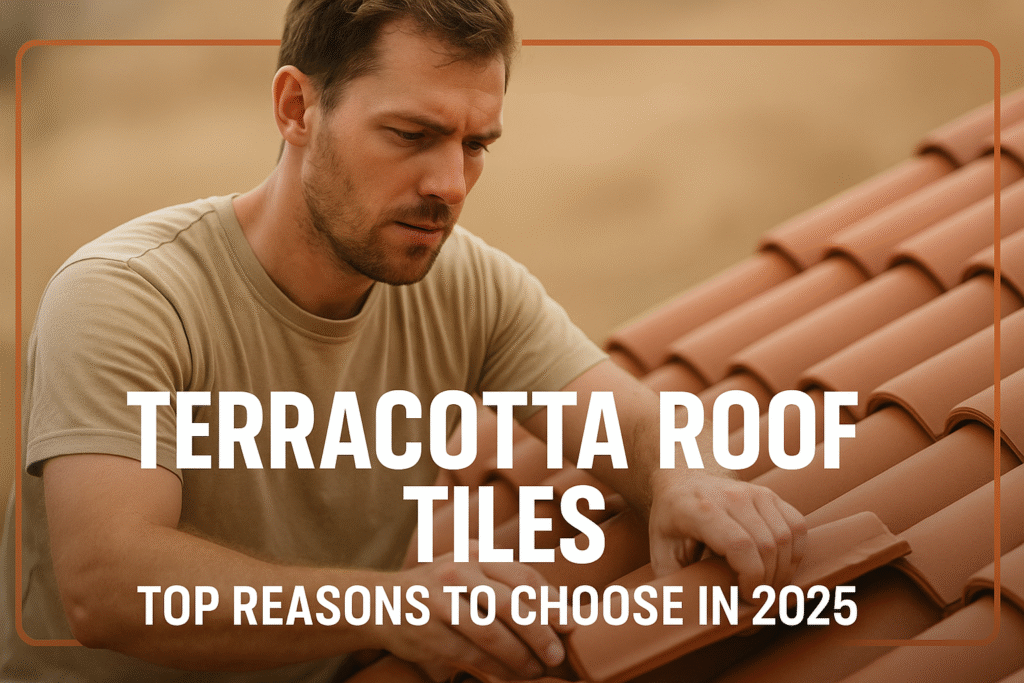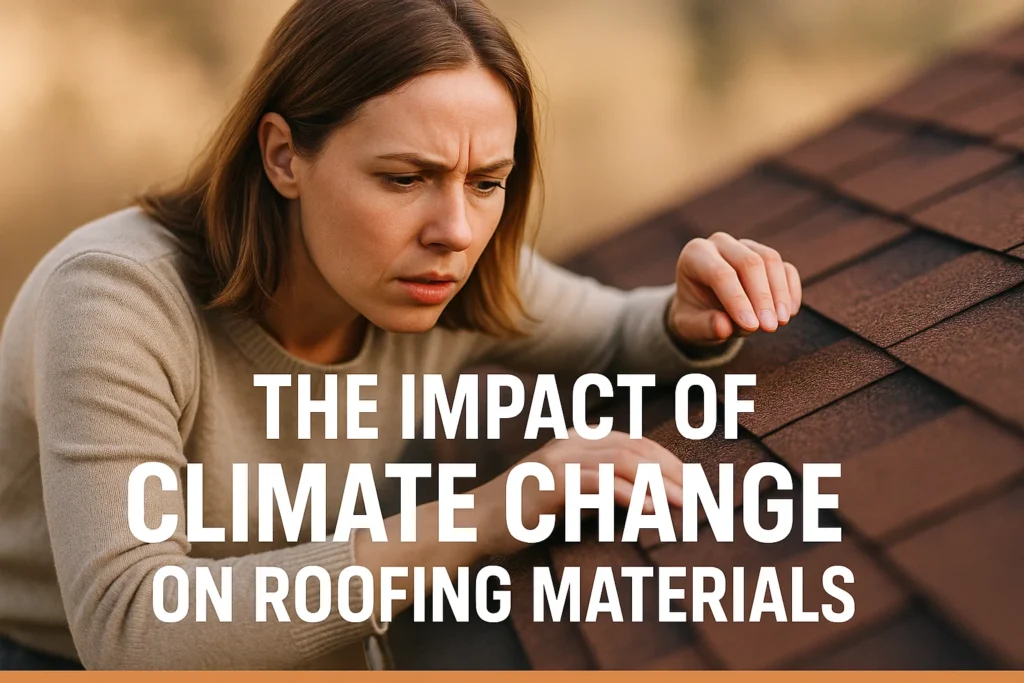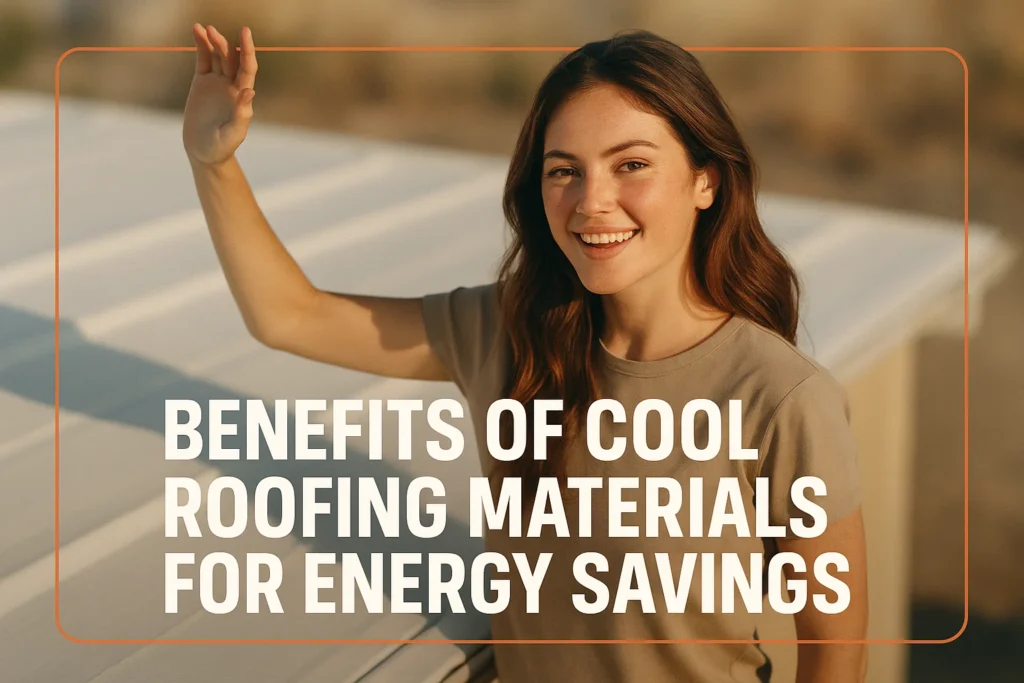One of the most common features of the Mediterranean and Spanish style architecture is terracotta roof tiles, which have been popular throughout centuries- the things are designed to last and to look good too. One thing is to decide to have terracotta tiles on your roof and another is to be aware of the benefits, the difficulties, the process of the installation and the maintenance that accompanies it. This guide will discuss all that you need to know about terracotta roof tiling in 2025, so as to enable you to make a decision on whether this is the right type of roof tile to use in your home or commercial premises.
What Are Terracotta Roof Tiles?
The name terracotta is the Italian word meaning ‘’baked earth’’. Terracotta Tiles are made of natural clay which is fired at high temperature to produce a hard, durable and weatherproof product. These tiles are found in different shapes and colours, such as the usual reddish orange to glazed finishes in brown, yellow and even green.
Terracotta is valued because of:
- Warm, earthy design that adds to the beauty of the architecture
- Energy efficient and thermally insulating in nature
- Durability, where roofs are usually supposed to last 50+ years and even 100 years with proper maintenance.
- Rot-proof or fireproof because of its composition of clay.
They are usually used on Spanish, Mediterranean, Mission and Tuscan homes, though they suit a number of different architectural styles.
Top Reasons to Choose Terracotta Roof Tiles

Terracotta roof tiles are strong with a classic appearance. They help keep the home cool, and they have a warm, timeless look. Here are its advantages before taking this option.
Outstanding Durability and Longevity
Terracotta tiles are extremely hard-wearing and will provide excellent service for most likely 50 to 100 or more years with proper care. The replacement of the entire roof is not necessary since individual tiles can be removed/replaced.
Natural insulation that reduces energy costs
Natural insulation means you will be hot in winter and cool in summer. This reduces heating and cooling expenses in hot regions.
Timeless aesthetic appeal and architectural versatility
The terracotta tiles have a classic and old-worldly appearance due to their distinct shaping and mixture of warm earthy colors. They also come in different textures and colors to fit the preferred roof design.
Long lifespan that outperforms many alternatives
Terracotta is fully environmentally friendly and does not cause damage to the soil and thus can be recycled once its natural life cycle has been fulfilled.
Robust resistance to fire, rot, and insects
Terracotta tiles are not only non-combustible, but also do not rot or are infested with insects, thus a safer and more durable roof than wood.
Proven weather resistance in suitable climates
Terracotta is very resistant to ultraviolet rays, excessive rains and hot climatic conditions and can be used in hot and humid climates. It can also avoid algae and mold growth due to proper maintenance.
Considerations Before Choosing Terracotta Tiles
Terracotta tiles are highly advantageous; it is also a good idea to know that they require special care when they are installed. They are also supposed to be checked regularly, and they may not be the best option in very cold areas or very steep or flat roofs.
Heavy Weight Requires Structural Support
Terracotta tiles weigh more than asphalt or metal roofing—about 600 to 1,500 pounds per 100 square feet. This may require you to reinforce your roof frame for structural stability — increasing installation expense and difficulty.
High Initial Investment for Materials and Skilled Labor
Installation costs between $9 and $26 per square foot, or between $21,000 and $78,000 or more for an average-size home. Terracotta is the most expensive type of roofing in part because of both the cost of materials and the cost of skilled labor.
Expert Handling Needed For Installation
The tiles are strong, post-installation, but fragile and can shatter if dropped or mistreated. This is the kind of thing that takes a technician to install without damaging it.
Regular Maintenance and Inspections are Essential

Despite frequent claims of being low maintenance, terracotta roofs should be checked (at least annually) for cracked, displaced and moss-covered tiles. The seven-eighths-inch underlayment below usually endures for 20 years and eventually will need replacement, by which time the tiles temporarily need to be removed.
Not Suitable for Cold or Freeze-Thaw Climates
Terracotta tile can break with sudden temperature changes, or from frosts in cold climates.
Best Performance on Moderate Roof Slopes
These tiles are ideal on slopes up to moderate pitches. High slopes might not be able to safely hold their weight and low-slope roofs require some extra waterproofing.
Snow Removal is Difficult Due to Tile Shape and Texture
Because of the texture and barrel shape, it is very hard to clear heavy snow which restricts its use where there is heavy snowfall.
Terracotta Roof Tiles vs. Alternatives
| Feature | Terracotta Roof Tiles | Slate Tiles | Asphalt Shingles | Metal Roofing |
| Lifespan | 50–100+ years | 75–150+ years | 15–30 years | 40–70 years |
| Weight | Very heavy | Very heavy | Lightweight | Lightweight to moderate |
| Initial Cost | High ($9–$26/sq ft) | Very high | Low to moderate | Moderate |
| Maintenance | Moderate (annual inspections) | Low | Moderate | Low |
| Suitability for Cold Climates | Poor | Excellent | Excellent | Excellent |
| Aesthetic | Rustic Mediterranean charm | Elegant, classic appeal | Wide variety | Modern/traditional options |
| Environmental Impact | Natural clay; recyclable | Natural slate; recyclable | Petroleum-based; less eco-friendly | Often recyclable, energy efficient |
Conclusion
Terracotta roof tiles are a popular choice for homeowners looking for a long-lasting roofing material. But then if you do, you need a really solid foundation, professional installation and upkeep for maximum lifespan. Although the up-front cost and weight may preclude their use in certain situations, their extremely long life and visual appeal usually make the cost of appropriate use in climates favorable to their use a very good investment. Terracotta Roof Tiles are also the ultimate design statement for a home, making them the perfect choice for a Spanish or Mediterranean style house.
FAQs
Terracotta roof tiles are durable materials that can last anything between 50 and more than 100 years with proper maintenance and installation.
Terracotta tiles are not normally advised in areas with severe winters or areas with many freeze-thaw cycles, as they often crack in such conditions.
They may weigh up to 1,500 and 600 pounds per 100 square feet and so the framing of your roof has to be structurally sufficient.
This is usually between 9 to 26 dollars per square foot of roofing material cost as well as labour cost and is therefore one of the higher cost roofing alternatives.
Yes, it should be inspected and maintained regularly, so that broken tiles can be replaced, moss can be cleaned, and the underlayment can be monitored.
Terracotta tiles are also flexible and can be used in a variety of roof forms, although they are mostly used in roofs with moderate slopes in order to allow drainage of water.







